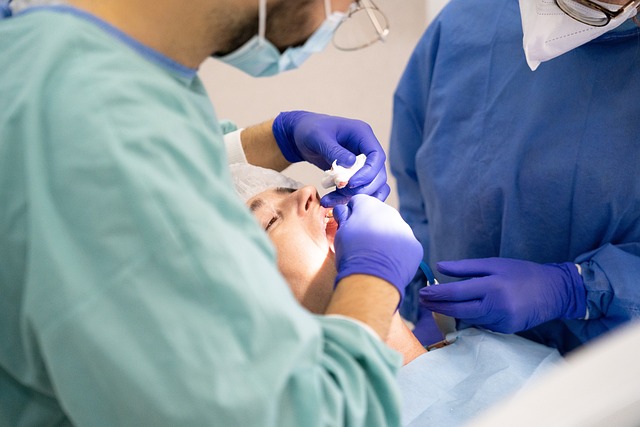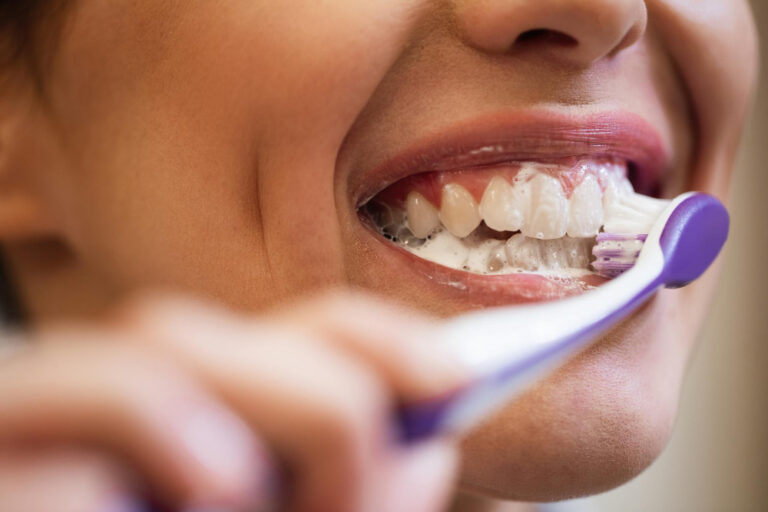In today’s digital age, where online advertising and social media dominate marketing strategies, printed marketing may seem like a thing of the past. However, for the health industry, printed marketing materials are still a powerful tool for connecting with patients, building trust, and disseminating important information. In this article, we will explore the benefits of printed marketing in the health industry and how it can supplement digital efforts to create a comprehensive marketing campaign.
Introduction: The Changing Landscape of Healthcare Marketing
As the healthcare industry evolves, so too must the marketing strategies employed by clinics, hospitals, and healthcare providers. While the digital realm offers countless opportunities to reach a wide audience, traditional printed marketing materials continue to play a significant role. Printed materials allow healthcare organizations to establish a physical presence and provide tangible resources for patients. Let’s delve deeper into the reasons why printed marketing remains a relevant and effective tool in the health industry.
Building Trust and Credibility with Printed Materials
One of the primary goals of any healthcare marketing campaign is to build trust and credibility with patients. Printed materials play a crucial role in achieving this objective. When patients visit a clinic or hospital, seeing brochures, pamphlets, and other printed materials immediately instills confidence in the healthcare provider.
Printed materials offer a physical reminder of a healthcare organization’s professionalism and expertise. High-quality design and informative content create a lasting impression and demonstrate the organization’s commitment to providing excellent care. Additionally, printed materials allow patients to take information home, review it at their own pace, and share it with friends and family – ultimately broadening the reach of the healthcare provider’s message.
Effective Patient Education Through Print
Educating patients about various health conditions or procedures is an essential part of the health industry’s responsibilities. Printed materials serve as valuable tools to provide patient education effectively. When patients receive brochures, booklets, or infographics that explain complex medical concepts and treatments in a clear and concise manner, they feel empowered and informed.
With printed materials, healthcare providers can communicate vital information about preventative measures, symptoms to watch out for, available treatments, and the benefits of early detection. Patient education through printed materials has proven to enhance patient compliance, improve health outcomes, and lessen the burden on healthcare professionals who otherwise need to repeat the same information to individual patients.
Targeted Reach with Direct Mail Campaigns
While digital marketing can reach a broad audience, it may lack the personal touch that printed materials can provide. Direct mail campaigns are particularly effective in the healthcare industry, as they allow healthcare organizations to target specific demographics or geographic areas.
By collecting and analyzing patient data, healthcare providers can tailor their printed materials to be more relevant and engaging. For example, a pediatric clinic can send informative brochures to households with young children, while an orthopedic specialist can distribute printed materials to local sports clubs or retirement communities. Direct mail campaigns ensure that printed materials are received by individuals who are most likely to benefit from the specific healthcare services being offered.
Physical Reminders for Better Engagement
In today’s fast-paced world, digital messages can easily get lost or go unnoticed in the sea of emails and online advertisements. Printed marketing materials, however, provide a physical reminder and are more likely to capture patients’ attention.
A well-designed brochure or postcard can be placed strategically in waiting rooms or sent via mail, keeping the healthcare organization at the forefront of a patient’s mind. This physical reminder helps patients remember appointments, find pertinent contact information easily, or act as a prompt for routine health check-ups. Furthermore, printed materials can be taken home and displayed in visible areas, serving as a constant reminder of a patient’s connection to the healthcare provider.
Supplementing Digital Efforts with Print
While the digital revolution has transformed marketing strategies, it is essential to recognize that printed marketing materials can work in harmony with online efforts. A well-rounded marketing campaign that includes both digital and print components is more likely to reach a broader audience and reinforce key messages.
Digital marketing can drive patients to a healthcare provider’s website or social media platforms, where they can learn more about the organization’s services. Printed materials, on the other hand, can direct patients back to the digital realm by including website URLs or social media handles, encouraging them to further engage with the healthcare provider’s online presence.
Conclusion: The Enduring Power of Printed Marketing in Healthcare
In a time when digital marketing might seem like the primary focus, printed marketing materials continue to hold significant value in the health industry. Building trust, providing effective patient education, targeted reach through direct mail campaigns, and serving as physical reminders are crucial roles that print plays in healthcare marketing. By integrating print materials into a comprehensive marketing strategy, healthcare organizations can establish a strong presence, engage patients in a meaningful manner, and ultimately promote better health outcomes within their communities. Investing in printed marketing is an investment in the health and well-being of patients.…






